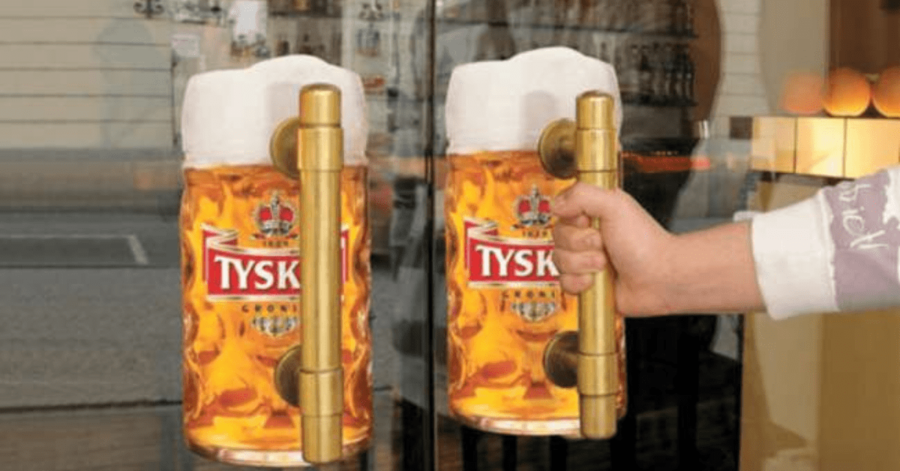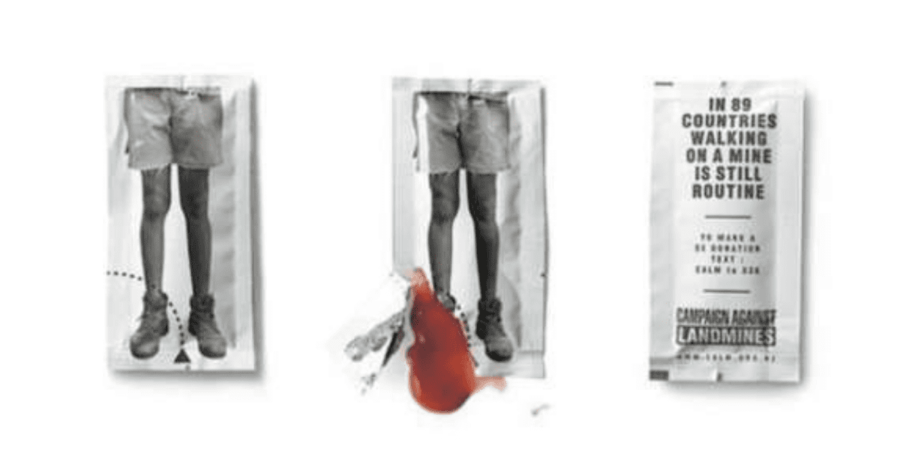
Do you enjoy being bombarded with advertisements?
It seems like every time we walk outdoors, people are trying to sell us something. Whether it’s a new phone, fast food, or an insurance plan, marketers have their ads plastered all over the place. It’s almost like we can’t have a breath of fresh air before seeing another poster or hearing another piece of ad copy.
I definitely know the feeling, and your target audience knows it too. That’s where stealth marketing comes in; it’s a strategy that prides itself on courting customers without their knowledge. While the tactic has some controversy behind it, some argue that it could still be beneficial. Let’s find out together.
So, What is Stealth Marketing?

Stealth marketing describes the act of advertising to a person, without them initially realizing they’re being marketed to. This often pops up on TV and in music videos. Have you ever noticed that judges on competition shows often have the same drink beside them? Well, that’s one of the many examples of product placement.
Stealth marketing doesn’t stop there, however; it can also be used in many outdoor spaces. Take a look at the beach pictured above. Where could those footprints have come from? Were they sculpted by an artist? Was there some kind of monster roaming around here? Who knows! It fits so well with the scenery, that you’d never know you were looking at an ad for the new King Kong movie.
Only people who investigated further received free movie merchandise. In this instance, the advertisement came with a pleasant surprise to the viewers.
As with any guerilla marketing strategy, this is generally less expensive. Most importantly, it isn’t meant to bombard people. Stealth advertisements instead choose to blend in with the atmosphere.
[in_content_ads gallery=”logos” logo=”on” title=”Need graphic design help?” subtitle=”Try Penji’s Unlimited Graphic Design and get all your branding, digital, print, and UXUI designs done in one place.” btntext=”Learn More” btnlink=”https://penji.co”]
Who Uses Stealth Marketing?

Image Credit: fauxels from Pexels
Stealth marketing can be used by a variety of different companies, from technology brands to restaurant chains. Larger companies tend to have more means to use stealth marketing. They can afford to spend money on multiple campaigns for one product or service. Larger companies also can take risks, without losing much.
It can also be used by any small business to generate buzz. Regardless of size and relevance, most companies use stealth marketing as a means to raise general brand awareness or loyalty.
Think about it this way: if you’ve got a new product or service, you wouldn’t want that message to blend in with the atmosphere. You want any new products to be loud, bold, and colorful. Stealth ads, on the other hand, are more subtle.
Not to say that stealth marketing can’t be used to advertise something new. It has been done before. If you’re truly looking to make immediate sales, however, then it’s time to look for a different strategy.
As with any form of marketing, the audience matters. Different demographics will not react the same way to your stealth advertisement. Companies should always read consumer data and conduct surveys to understand who they’re marketing to.
What Does Outdoor Stealth Marketing Look Like?
In short, this advertising strategy can look however you want. Outdoor stealth marketing has two main variations; subliminal advertising, and undercover marketing.
Subliminal Advertising

We’ve already gone over an example of subliminal advertising, as it is the most popular way to conduct a stealth marketing campaign. It occurs when a part of the outdoor space is utilized to engage people subconsciously. Oftentimes, a stop sign, wall hanging, street pavement, or lamppost can be turned into a unique promotion.
Think of it as a more subdued version of the ambient advertisement.
Let’s examine another one. The door handles pictured above belong to the entrance of an established bar. Although the bar sells many drinks, the entrance is decorated with images of Tyskie Beer. The handles are positioned in a way to look as if customers are holding a big mug, as they open the door.
From a potential customer’s perspective, it looked like a creative decorative image. Little do they know that they’ve got a company name and logo planted inside their mind.
Undercover Marketing
If you’ve encountered one of these, there’s a good chance you never knew it. As sketchy as it sounds, some advertisers will legitimately hire actors to spark organic conversations with people to promote a product.
One example of this is the Sony Ericsson event. The corporation hired 60 actors to tour 10 major cities. They posed as vacationers, couples, and single people to promote a new phone.
Here’s how it worked: imagine walking down the street in a big city, minding your business. A stranger who looks to be a tourist asks you to take a picture of them. You agree, and they hand you the new camera phone by Sony Ericsson.
As you’re examining the phone, the tourist mentions their love of their new camera phone. They guide you through capturing a photo and they describe how it benefits them. By the end of the exchange, you’ve taken a picture with Sony’s camera while seeing its advantages up close.
When done right, the person being marketed to believes that they are having a normal conversation. In the end, they’ve got a product recommendation that stays in their head. To that person, it wasn’t some corporation telling them to buy their product. Instead, it was a relatable person, recommending a product they trust.
The Gray Areas

Despite the plethora of benefits and possibilities, stealth marketing also has quite a reputation. Many people find this strategy to be unethical. This is especially true when it comes to undercover projects. People believe them to be misleading, tricking them into an organic conversation.
Imagine if the previous scenario didn’t play out as intended. Halfway through the conversation with this “tourist,” you realize that they are a paid actor. Many people would feel betrayed, or even scammed. Nobody likes to feel as though their time’s been wasted.
Say you see an intriguing stop sign on the road. You go to inspect it, only to find that it’s another annoying advertisement?
Marketers must realize that this is a very possible reaction to stealth advertisements. This is why I must reiterate the importance of researching demographics and locations. Things must be carefully planned in a way that limits negative feedback.
My Take
So, what’s my take on stealth marketing? Is it worth it, or too unethical? My take, in all honesty, is that it depends. Are you a company that can take on risks and handle negative feedback? If so, by all means, try out stealth marketing and see where it takes you.
On the other hand, if you’re an unestablished, start-up brand, it’s a good idea to go with traditional advertising. This means billboards, transits ads, posters, etc. Wait until you’ve got your foot in the door, with a loyal customer base. At that point, you can invest in some guerrilla marketing tactics.











